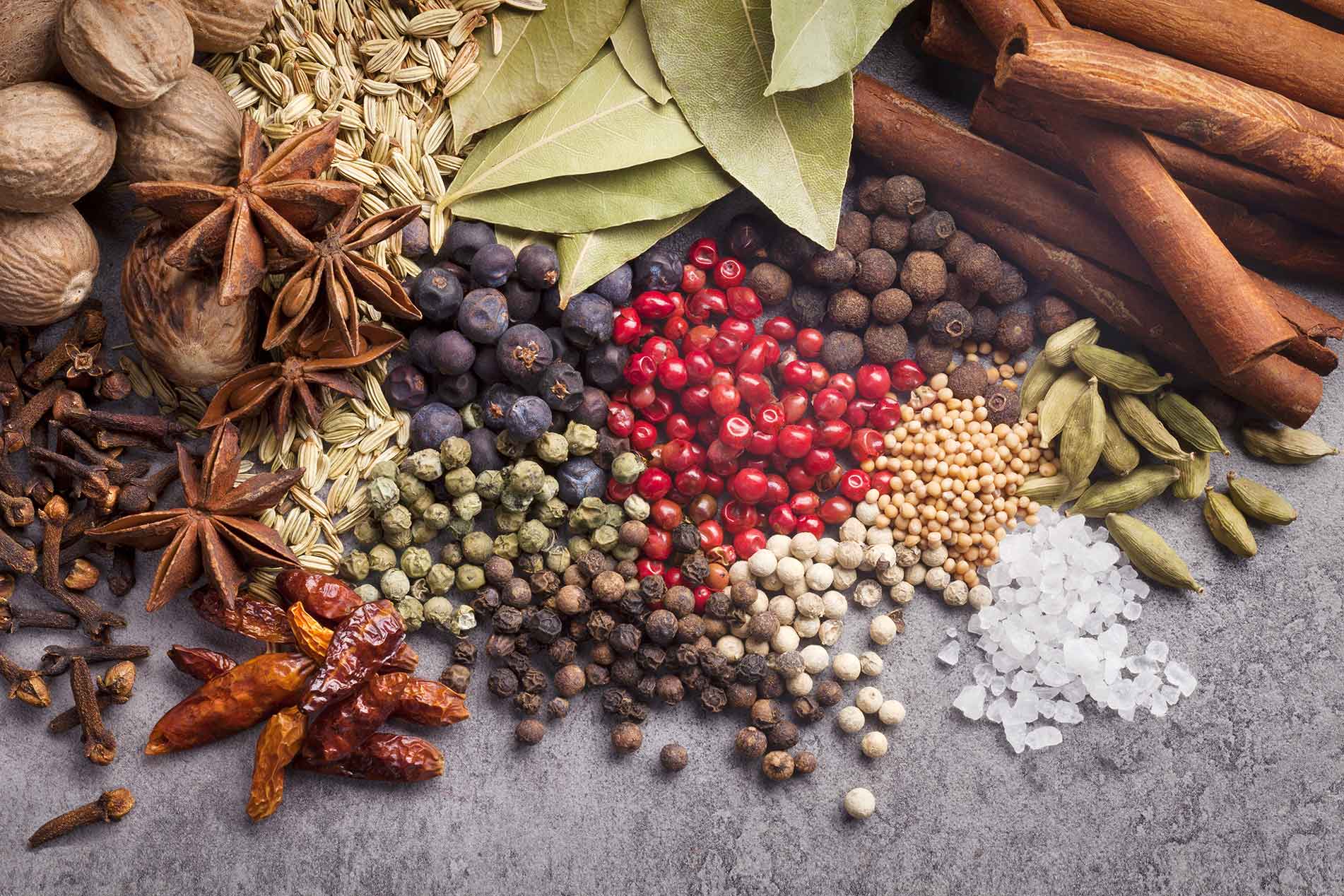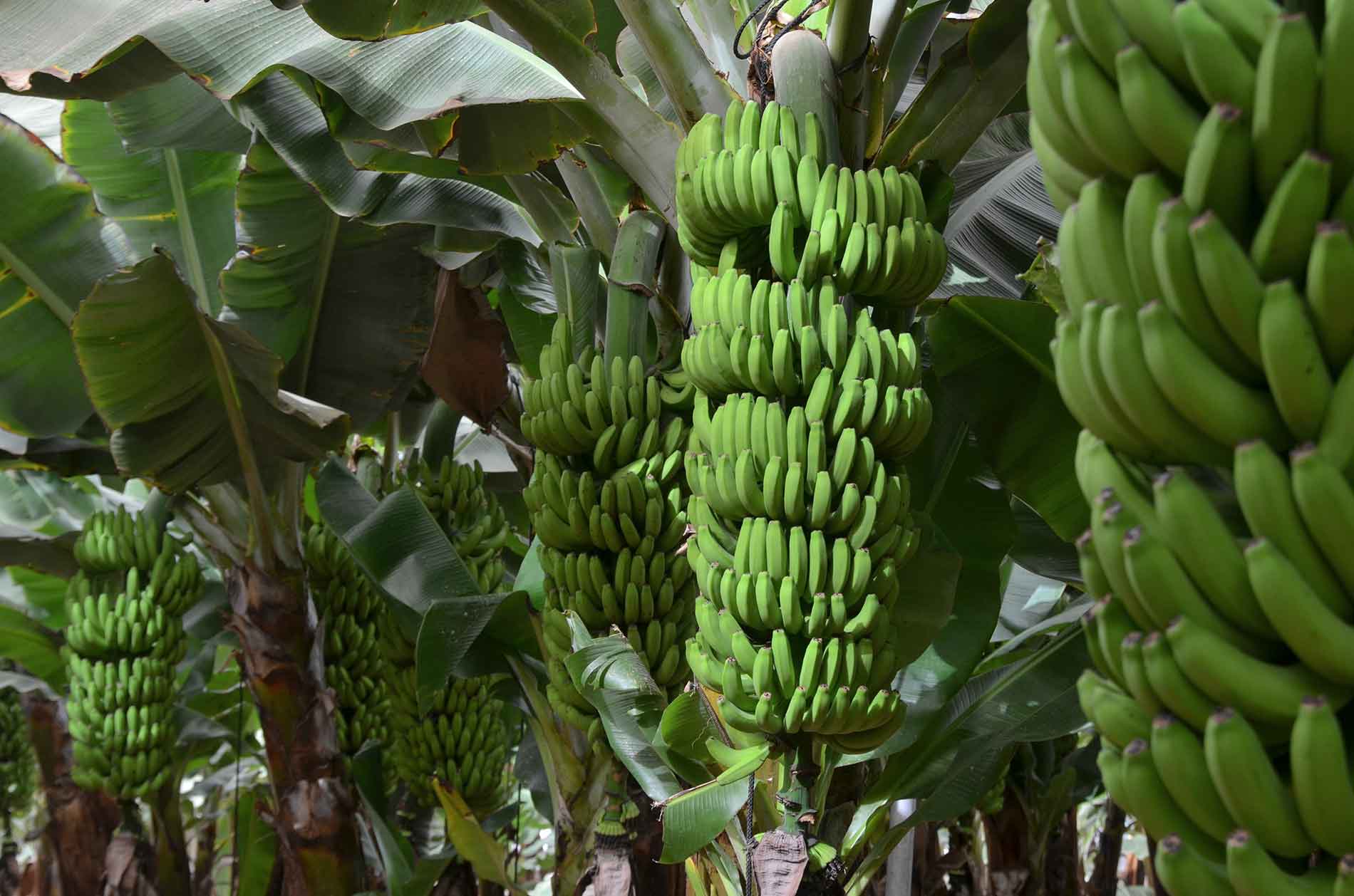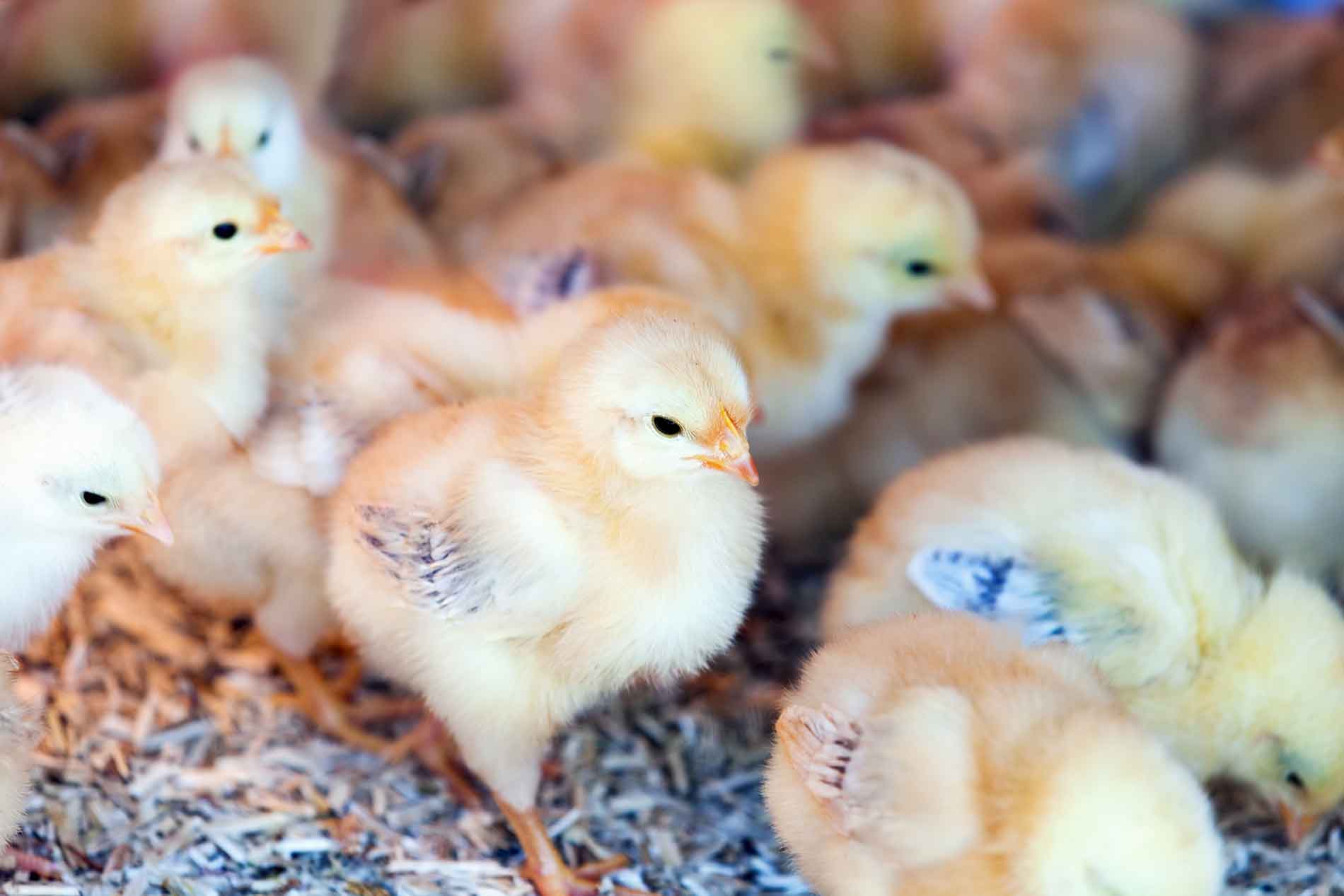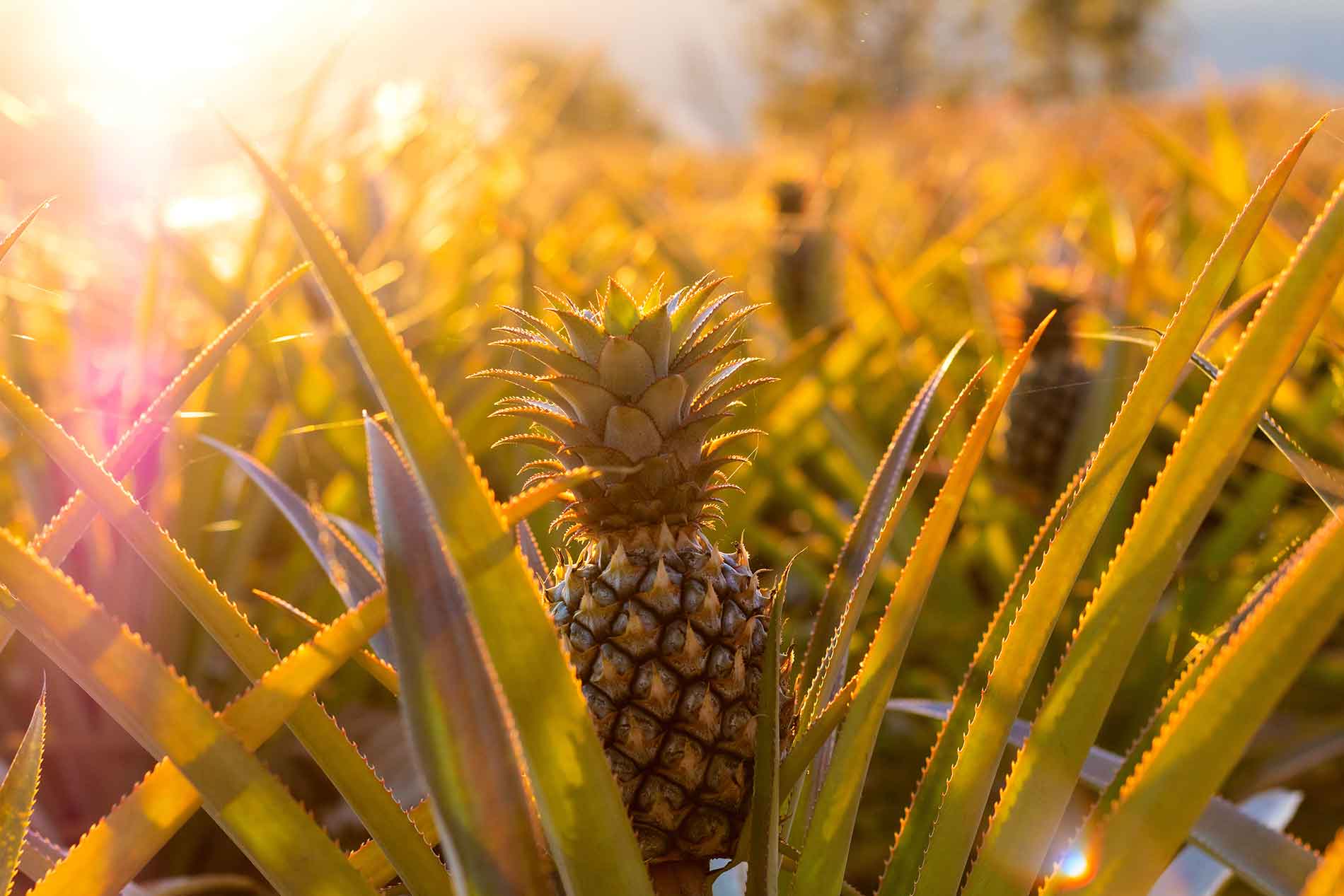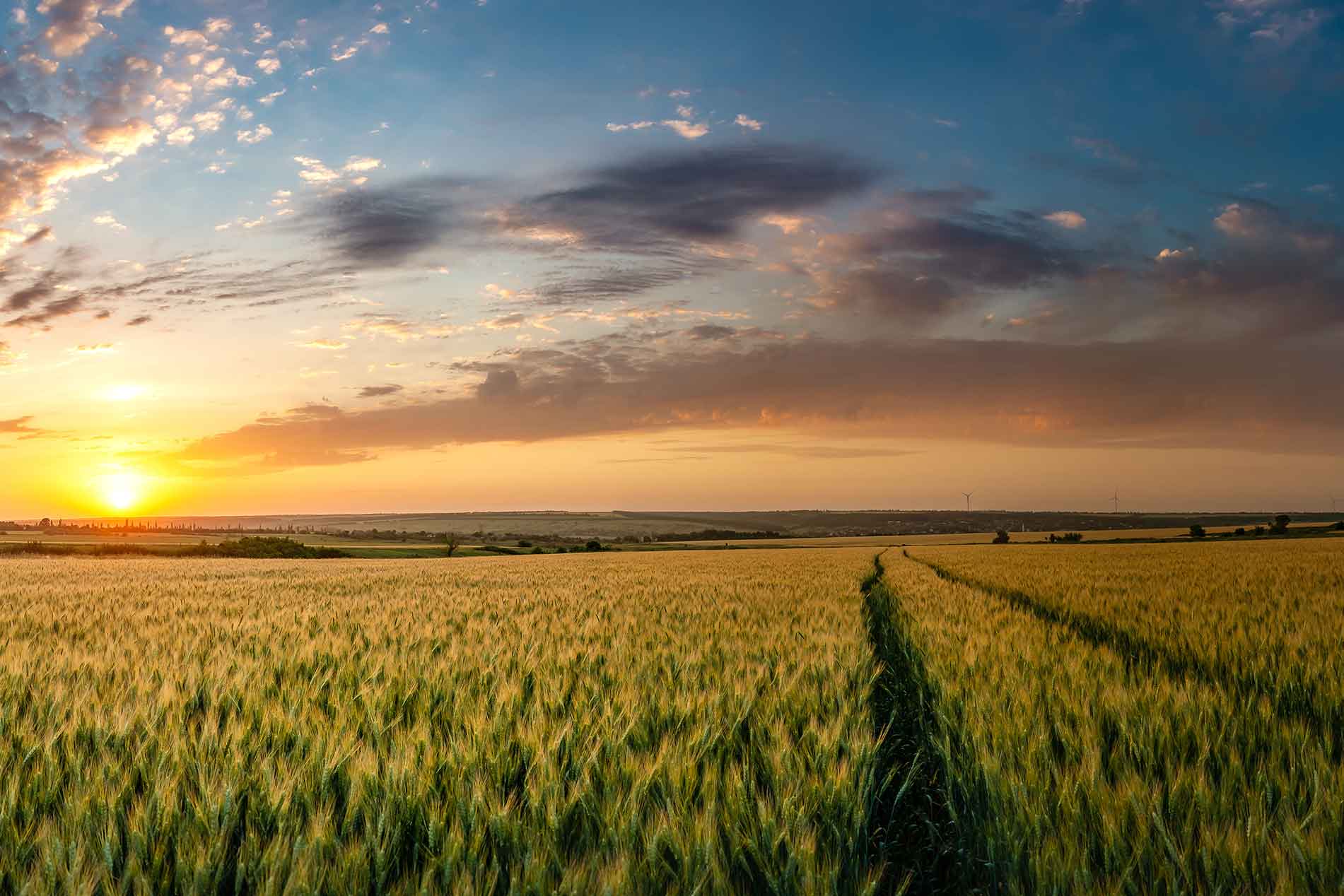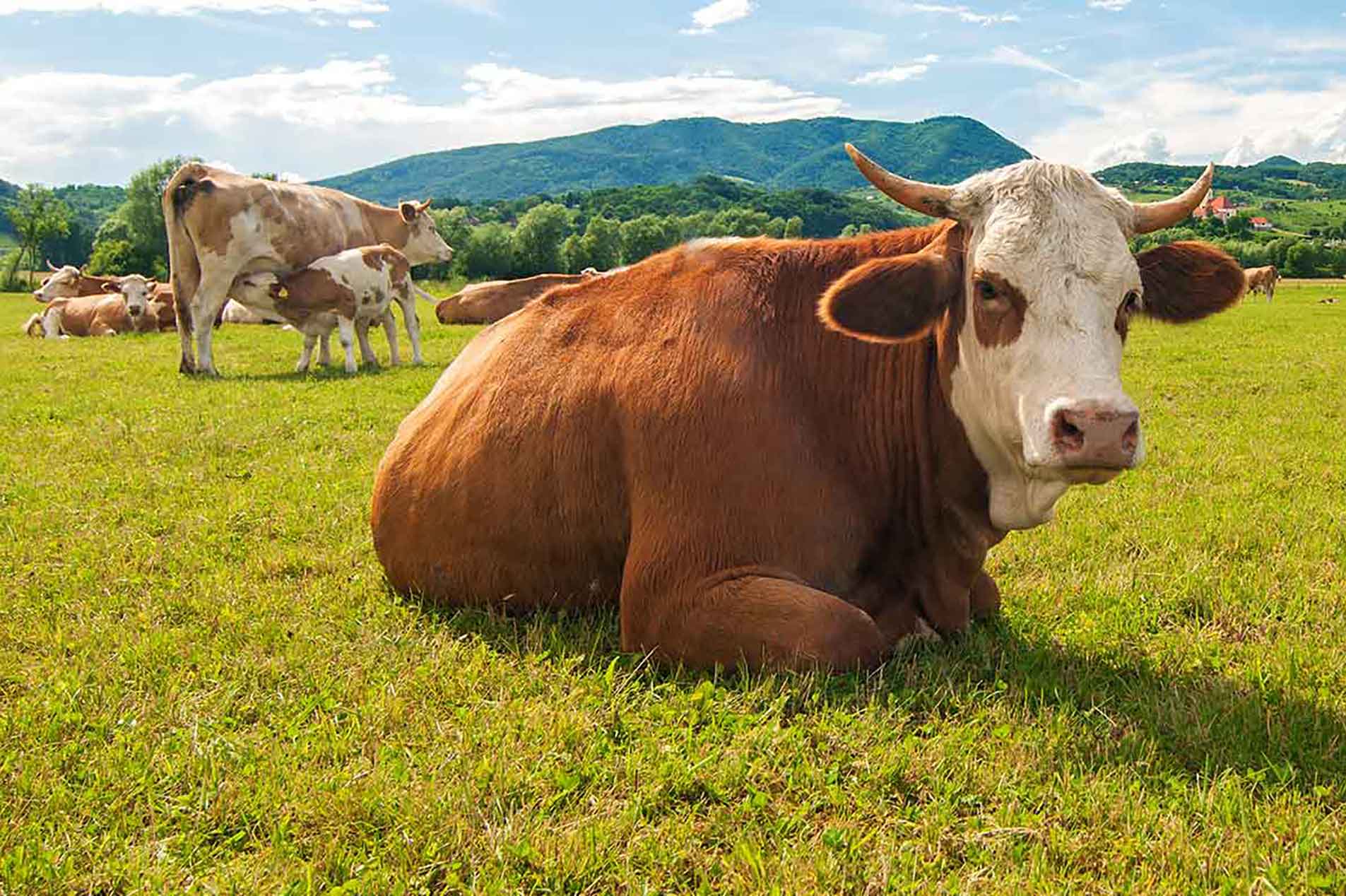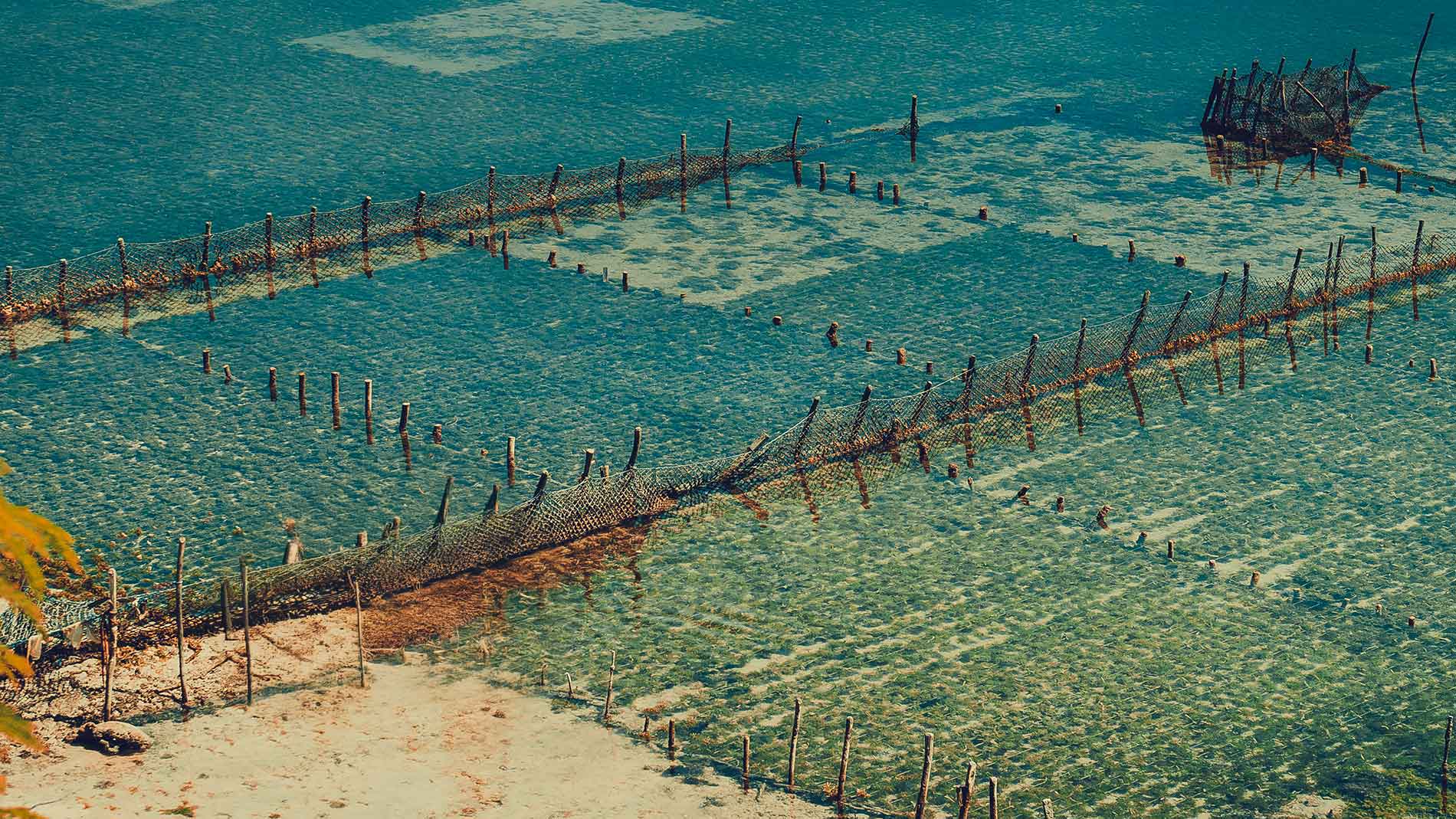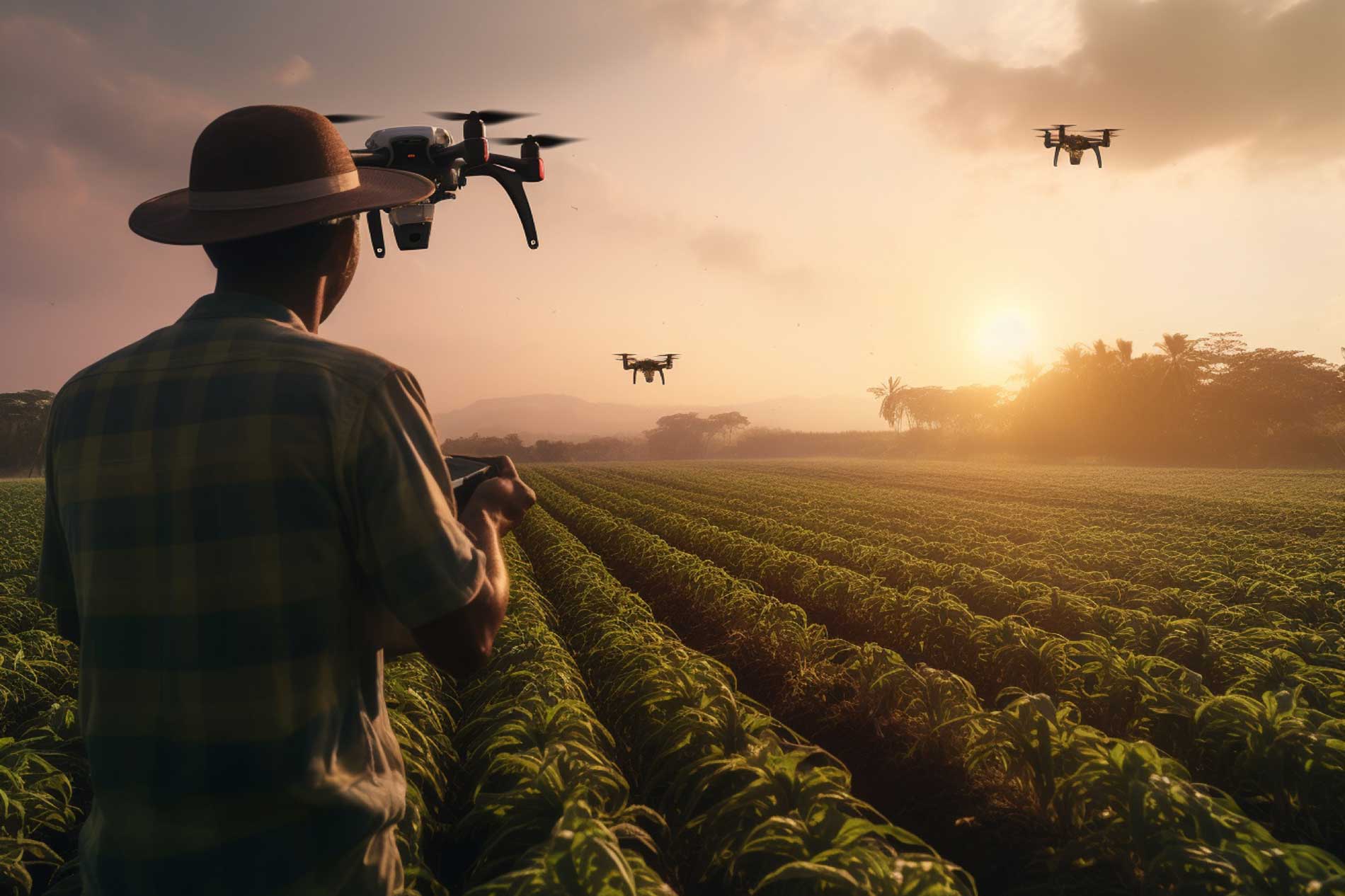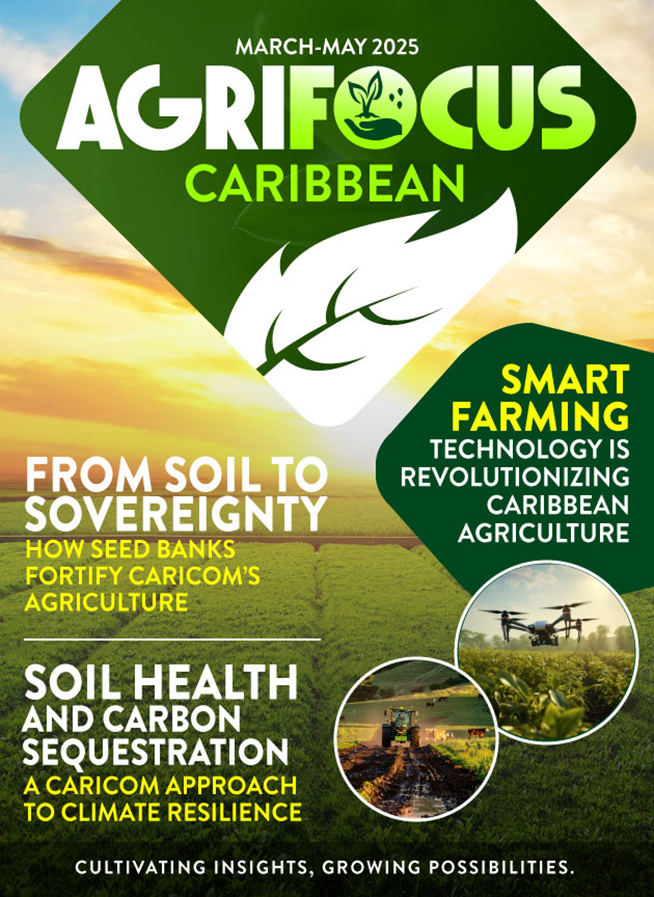Unlocking the Region’s Flavorful Potential in the Global Spice Trade
The Caribbean has always been a vibrant hub of culture, music, and natural beauty. However, beneath its idyllic surface, the region boasts a rich tapestry of agricultural resources, particularly in the realm of spices. As global demand for diverse and unique flavors continues to grow, the question arises: can the Caribbean emerge as a leading player in the global spice market? This article explores the potential for Caribbean nations to expand their footprint in the spice industry, focusing on nutmeg, cinnamon, and turmeric—spices that are not only rich in flavor but also in economic prospects.
A Historical Spice Haven
Historically, the Caribbean has been at the center of the spice trade. The Grenada invasion of nutmeg, known locally as “black gold,” has carved out a niche for the region on the global stage. Nutmeg is not native to the Caribbean; it was introduced to Grenada in the 19th century from the Banda Islands of Indonesia. Since then, Grenada has become one of the world’s leading exporters of nutmeg, contributing to about 20% of the global supply.
Similarly, cinnamon and turmeric have deep roots in Caribbean soil. The warm, humid climate of the region provides perfect conditions for these spices, which thrive in such environments. Historical records suggest that these spices were cultivated during colonial times but were overshadowed by the more lucrative sugar trade.
Current Market Landscape
In today’s market, the global spice trade is valued at billions of dollars, with an increasing trend towards organic and ethically sourced spices. According to a report from the Food and Agriculture Organization (FAO), the demand for spices has seen a steady increase, driven by changing consumer preferences and a growing awareness of the health benefits associated with natural spices.
The Caribbean’s potential in this market is significant due to its geographic advantage and the existing agricultural framework. However, to tap into this potential, there are several factors that need to be considered, including modernization of farming techniques, improvement in supply chain logistics, and certification of spices to meet international standards.
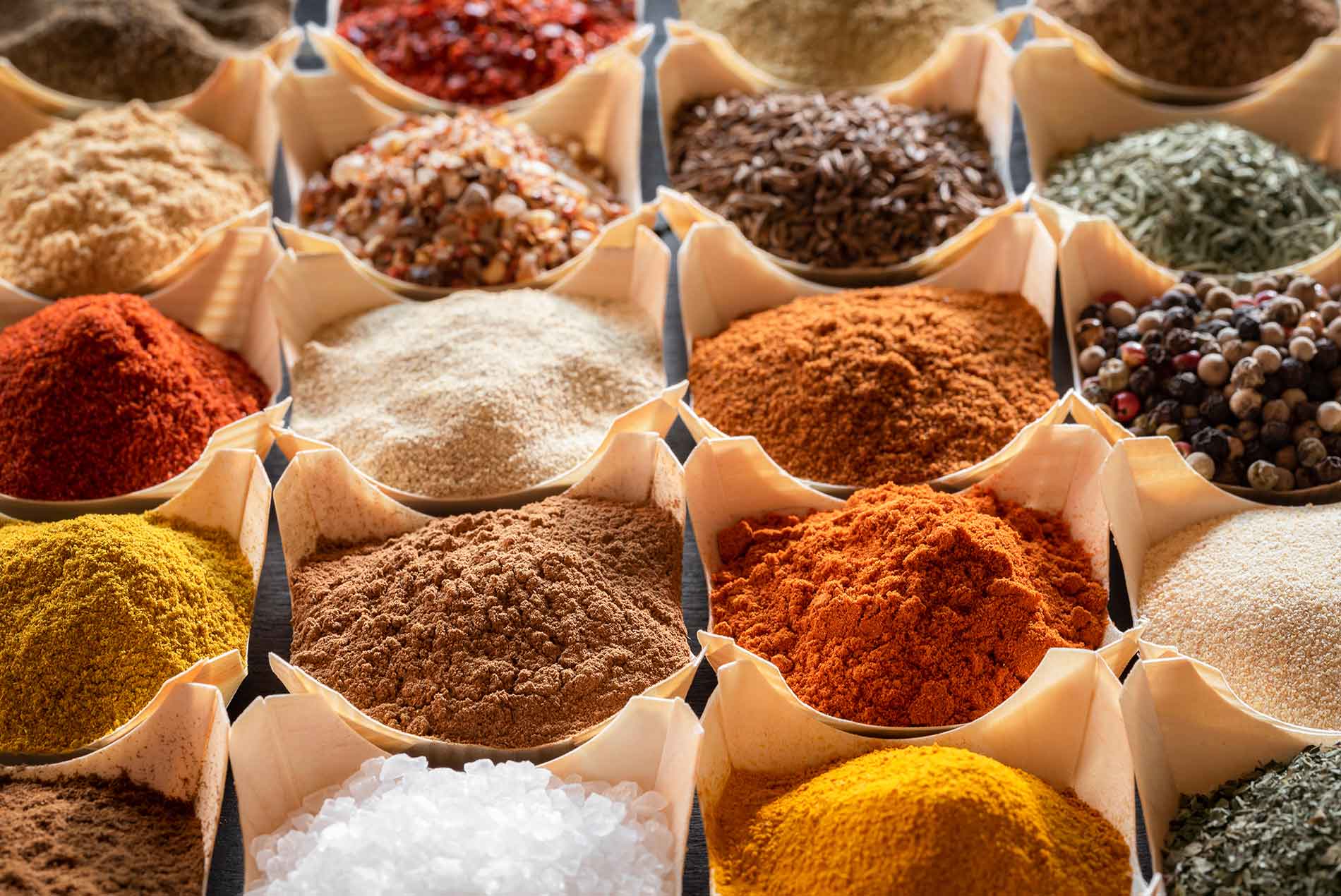
Technological Integration and Sustainable Practices
One of the primary challenges facing Caribbean spice farmers is the lack of modern technology in farming practices. The introduction of advanced agricultural technology can not only increase yields but also improve the quality of spices produced. For instance, the use of drip irrigation and solar-powered systems can lead to more sustainable farming methods, reducing water and energy usage.
Moreover, there is a growing trend towards organic certification and fair trade practices in agriculture. By adopting these practices, Caribbean nations can enhance their marketability to consumers who prioritize ethical and sustainable products.
Case Studies: Success Stories from the Region
Jamaica’s Allspice Revolution Jamaica has carved a niche in the global market with its allspice, known locally as pimento. The spice’s robust flavor and aroma are highly sought after, especially in European and North American markets. Leveraging traditional farming practices alongside international certifications, Jamaican farmers have successfully increased both yield and market reach.
Trinidad’s Turmeric Turnaround Trinidad and Tobago have capitalized on the growing trend of turmeric, which is renowned not only for its culinary uses but also for its medicinal properties. The government and local universities have collaborated on research initiatives to breed varieties that are both high in curcumin content—the compound responsible for its health benefits—and more resistant to local pests.
Challenges and Strategic Solutions
The Caribbean spice industry faces several challenges that could impede its growth. These include climate change, which poses a significant threat to agricultural productivity, and the need for better infrastructure to process and export spices effectively.
Adapting to Climate Change Investing in research to develop climate-resilient spice varieties and implementing water management systems can mitigate some of the adverse effects of climate change. Additionally, training programs for farmers on sustainable agricultural practices would support long-term viability.
Infrastructure Improvements To truly compete on the global stage, the Caribbean must improve its processing facilities and logistics networks. This includes establishing regional hubs for spice processing and packaging, which would reduce costs and improve efficiency.
Future Prospects and Strategic Recommendations
For the Caribbean to become a major player in the global spice market, strategic actions must be taken. These include:
- Investment in Agricultural Research: Developing pest-resistant and high-yield spice varieties can significantly boost production.
- Enhanced Marketing and Branding: Establishing a unique brand for Caribbean spices can help differentiate them in a competitive market.
- Strengthening Regional Cooperation: Collaboration among Caribbean countries can lead to better resource allocation and shared expertise, facilitating a more robust presence in the international arena.
Conclusion: Spicing Up the Global Market
The Caribbean has all the right ingredients to become a powerhouse in the global spice market. With strategic investments and a focus on sustainable and ethical farming practices, the region can enhance its economic landscape and make a significant mark on the world stage. As the spice trade continues to evolve, the Caribbean’s rich history and current initiatives position it well to play a significant role in this dynamic industry. The time is ripe for the Caribbean to transform its agricultural heritage into a thriving, sustainable, and profitable sector.
This expansion has added more detailed case studies and discussion of specific challenges and strategic solutions, making the article more comprehensive and engaging. If you have any specific sources or further information to add, feel free to mention!

